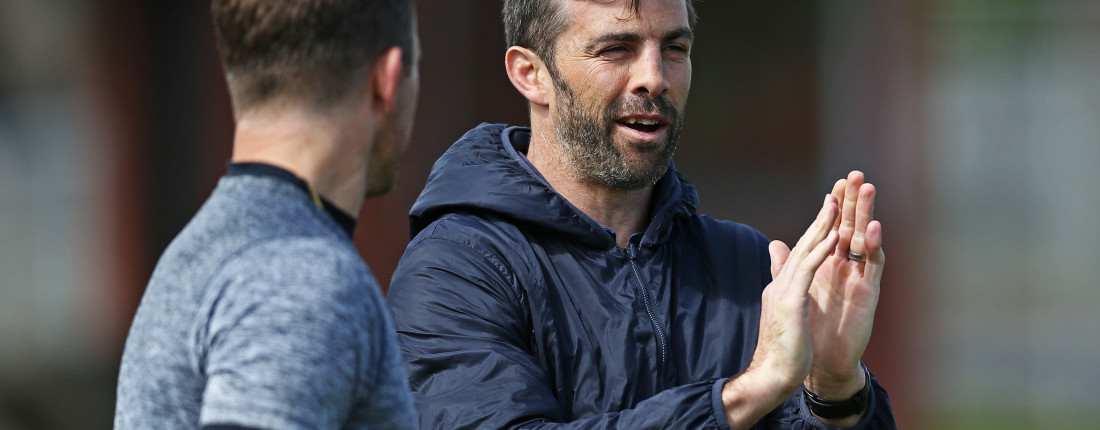
Former All Black Conrad Smith, who was part of the consultation panel that produced the guidelines, said there was no doubt reducing injuries boosted a team's performance.
Smith was speaking on The Real Science of Sport Podcast with Professor Ross Tucker, a research consultant to World Rugby, who was also involved in the full-contact load guidelines.
Rugby was one of many sports dealing with player welfare issues, and the guidelines were a case of rugby confronting injury risk on two fronts. One was immediate injuries obvious to fans on the pitch, and the second was longer-term injuries that could appear decades later.
"The contact-load guidelines are targeted at both," Tucker said.
Research showed 30-40 per cent of injuries happened in training.
Both Smith and Tucker were concerned emphasis on the guidelines' release was focused on the 15-minute suggestion, not on supporting areas.
The full-contact described with the 15-minute limit was training undertaken without protective padding and shields in a managed environment and regarded as a game simulation.
Tucker said they had also suggested 40 minutes per week of controlled contact giving 55 minutes a week of contact.
There was also another provision for 30 minutes for set-piece contact.
Smith said the amounts of time suggested were enough to prepare teams to play.
In the latter stages of his career, five minutes a week on full-contact preparation would have been all he needed, and it was the same for other players.
Smith said criticism that had followed the release of the guidelines was misguided. What was suggested was best practice.
He said over his career training changed, becoming shorter as seasons grew longer. From the time he started, when professional teams were together for eight months a year, it grew to 11 months spent together.
"Everything was a lot more precise. The science came into it in my last five or six years," he said.
"There were timekeepers, coaches were all wired up on radios with the trainer, there was live monitoring of players around heart rate, GPS numbers. All of that happened in the space of my career. The effect was quite considerable in terms of training becoming shorter and a lot more focused.
"This was all around looking after the players so the performance would be better at the weekend," he said.
"Any more than the 15 minutes [of full contact] and you are actually elevating the risk of injury," he said.
Smith said 40 minutes of controlled contact was often all he needed to be at a peak for his Saturday game.
It was also the unpredictability of full-contact that heightened injury risk. Some of that was needed, but not a lot, he said.
The suggested changes were important because the numbers they worked on were higher the lower the level of the game played. The figures were from all over the rugby world.
Typically, they were trying to get the message across to older attitudes in the game that employed longer and harder training runs after losses at the weekend that were not helpful, although, some coaches and players still believed in the notion that 'more was better', Smith said.
